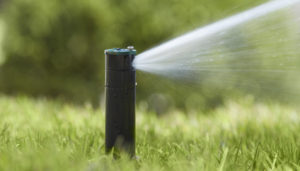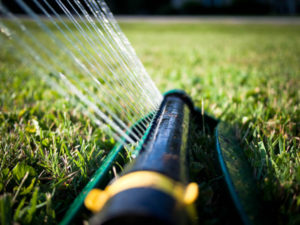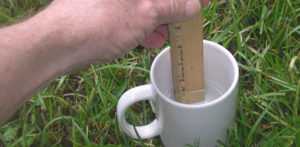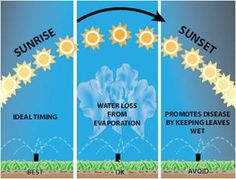 Interest in underground sprinkler systems increases every year. An underground system has many advantages over a portable sprinkler system. The most obvious is the convenience of not having to constantly move it. Most underground systems are also more efficient than portable types. All areas receive the same amount of coverage.
Interest in underground sprinkler systems increases every year. An underground system has many advantages over a portable sprinkler system. The most obvious is the convenience of not having to constantly move it. Most underground systems are also more efficient than portable types. All areas receive the same amount of coverage.
Sprinkler heads apply predictable amounts of water over an exact area. This eliminates the most objectionable grievance pf portable sprinklers, even water distribution. An underground system combined with an automatic timer can even water your lawn while you’re away from home.
Underground sprinkler systems
Before deciding to install an underground end to end system, consider the initial cost of materials and the labor involved in installing it. Because of the increased popularity of such systems, manufactures now produce illustrated easy to follow directions for homeowners who do the work themselves. Materials have also become easier to install and less expensive.
Home owners living in cold climates that have below freezing temperatures in the winter, must also design their system for easy drainage. Drain water from the system for the winter. Any water left in the lines can freeze and potentially crack the pipes.
Keep in mind, however, that a poorly designed or poorly installed underground system can be as bad as or worse than a portable sprinkler. Our next post will cover typical installation considerations, potential problems and how they can be solved.




